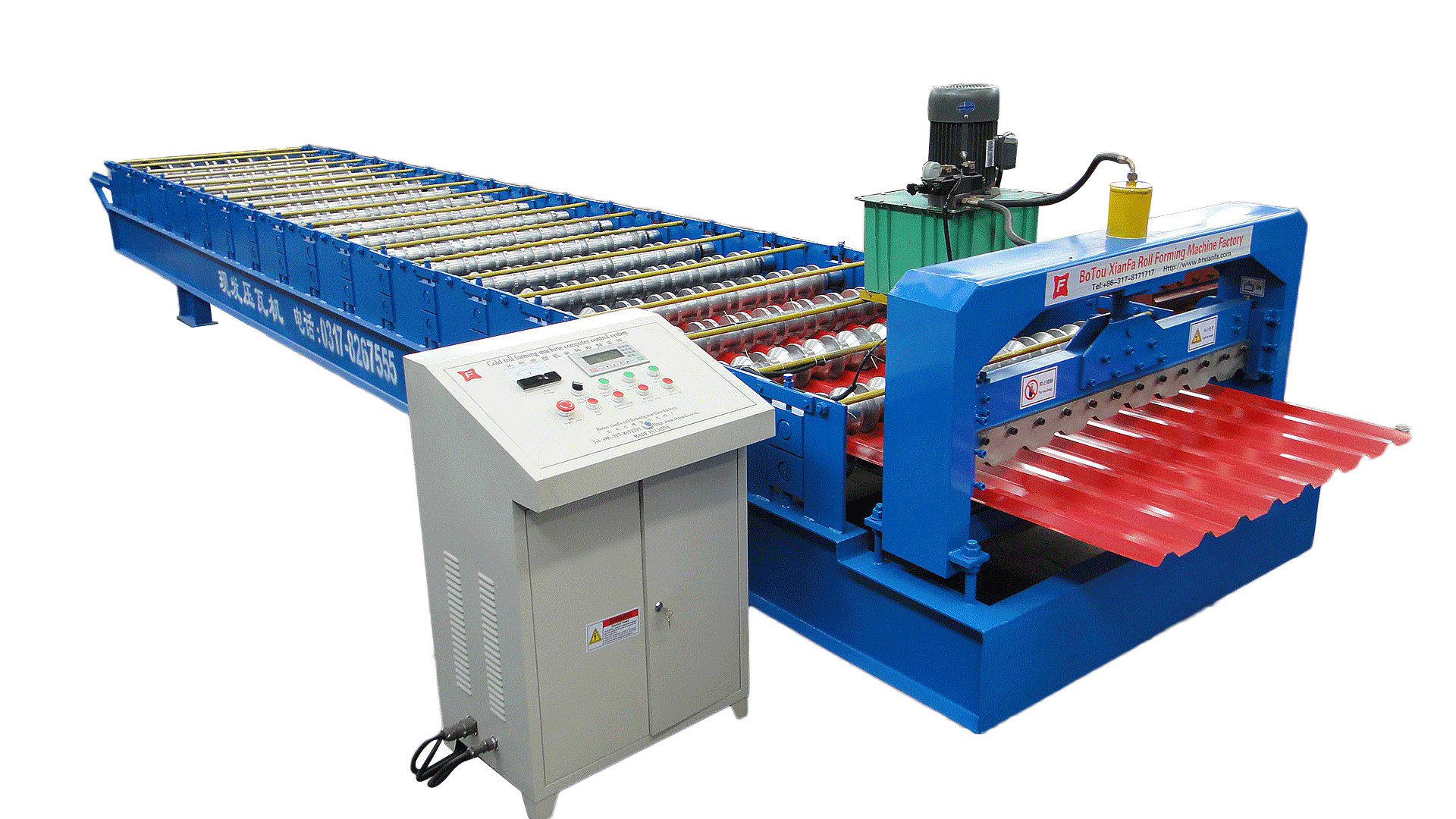The quantitative index of land resources is first and foremost the area index of various types of land. This is the most basic indicator for understanding the family of farmers. However, this indicator is more confusing in China's statistics, which has seriously affected the scientificity and practicality of zoning and planning. Therefore, high-precision measurement of land resources is the primary task in agricultural production. For the measurement of land area we can use an area meter. The area measuring instrument is mainly composed of a hardware system and a software system. The realization of the function of the computer area measuring system is mainly accomplished by software. The degree of perfection of the software function of the area measuring instrument directly relates to the efficiency and accuracy of the land amount measuring work.
The main software functions of the area measuring instrument include: 1 Data acquisition program: The data information of the received interface is spliced ​​and placed in the computer memory unit, and is called when the area is to be calculated. The area calculation program selects the corresponding area calculation formula based on the measurement methods and calculation methods of different tiles (map, section, and spot), and compiles the calculation software to call the stored data information (each point on the closed curve). The coordinate set) calculates the area, prints or displays the area measured value of a measured block, and simultaneously performs automatic save and read operations.
(2) The adjustment of the grading adjustment program is the difference between the pattern area and the theoretical area within a certain range caused by various factors in the measurement process, and is reasonably distributed to each block to ensure the measurement area. It is the same as its actual area (theoretical area), thus ensuring the comparability of results. During adjustment, generally a certain range of measured values ​​is compared with the theoretical value. If the relative error is within the allowable range, the corrected value is determined for the entire frame, each plot in the plot, and each plot in turn. One by one adjustment.
Conversely, the operator is informed by sound and on-screen display of error information about the measurement, such as the starting point and the end point are not consistent, the error is too large, and so on. The theoretical area (accuracy control area) of maps and plots is calculated and measured, and the allowable errors for maps, plots, and spot measurements are based on the accuracy requirements and work schedules of the 1:100,000 land resource map and the actual Figure spot density, pattern law may be.
3 Error-checking and correcting procedures are used to prevent operational errors and external influences of the system, such as incorrect input of serial numbers and codes, frame displacements, sudden power failures, changes in the content of map spots, and correction of boundary lines. When the above situation occurs, the measurement system can be driven to display an error message or automatically shut down the disk and perform error correction via the man-machine dialogue.
4 Information classification procedures are used to identify the type, quantity, and quality of land in a particular research area, facilitating the inspection of map quality feedback and area measurement accuracy. Each array stored on a computer disk is actually land (type) information with spatial characteristics and quality attributes. Each array consists of sequence numbers, attribute codes, and values. They represent the spatial location, quality characteristics, and quantity of the land type.
5 The pre-processing program evaluates the loss value of the land information according to the comprehensive characteristics of the mapping, so as to correctly divide the composition of the multiple districts and calculate the land non-utilization coefficient of a certain type of area. The result output program can be screen display and printout according to different professional requirements.
Wall Roll Forming Machine
Descriptions of Roll Forming Machine for Wall Panel:
1.This kind of Cold Roll Forming Machine(Wall Panel Machine) is widely used for making various metal wall panels for steel constructions, steel structure projects and containment systems etc.
2. This production line consists of feeding unit, uncoiler, feeding guide, roll forming machine, cutter, automatic stacker, hydraulic system and electric control system.
3. The line speed of this panel forming machine is 40m/min.
Components of Roll Forming Machine for Wall Panel:
1) Un-coiler:
Electric un-coiler, with coil-car
Load capacity = Max.10Tons;
2) Roll forming machine:
About 18steps to form;
Material of Roller: 45# steel with chromizing on surface
Voltage:380V/50Hz; Main line speed: 30m/min;
3) Hydraulic cutter:
1) Stop to cut, Post cut,
2) Cutting tool material: Cr12, Heat treatment
4) PLC control system:
Using Mitsubishi PLC Control the quantity, length automatically, LCD screen; remote control available.

Wall Roll Forming Machine
Wall Panel Machine,Wall Roll Forming Machine
Botou Xianfa Roll Forming Machine Factory , http://www.rollforming.nl